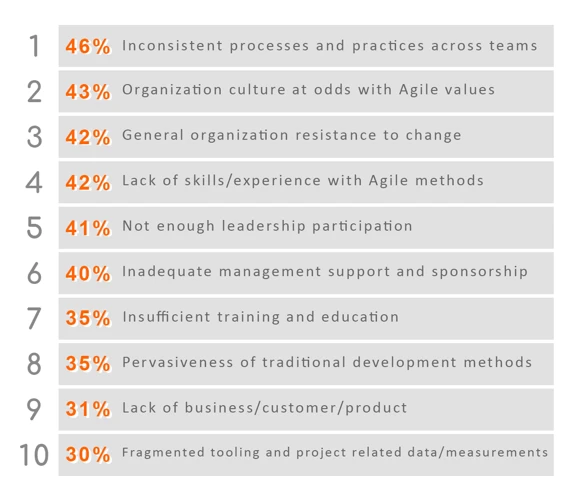Country music is a genre that is known for its twangy guitars, heartfelt lyrics, and vibrant melodies. One of the key techniques that many country guitarists use to achieve their signature sound is hybrid picking. Hybrid picking involves using a combination of pick and fingers to pluck the strings, allowing for greater speed and dexterity on the guitar.
While hybrid picking can be a versatile and powerful tool in a country guitarist’s arsenal, it is also a technique that requires precision and practice to master. In this article, we will explore five common mistakes that guitarists make when using hybrid picking in country music, and offer tips on how to avoid them.
Mistake 1: Neglecting Proper Hand Position
One of the most common mistakes that guitarists make when using hybrid picking is neglecting proper hand position. When hybrid picking, it is important to maintain a relaxed and natural hand position, with the pick held between the thumb and index finger, and the remaining fingers free to pluck the strings.
Many guitarists make the mistake of gripping the pick too tightly or holding their hand in an awkward position, which can lead to tension and inefficiency in their playing. To avoid this mistake, focus on keeping your hand relaxed and fluid, allowing for maximum speed and control when using hybrid picking.
Tips for Proper Hand Position:
– Hold the pick lightly between your thumb and index finger.
– Keep your remaining fingers relaxed and ready to pluck the strings.
– Position your hand at a comfortable angle to the strings, allowing for easy movement.
Mistake 2: Inconsistent Picking Patterns
Another common mistake that guitarists make when using hybrid picking is using inconsistent picking patterns. In hybrid picking, it is important to establish consistent patterns and fingerings to maintain speed and accuracy in your playing.
Many guitarists fall into the trap of using different picking patterns for each passage or song, which can lead to confusion and mistakes. To avoid this mistake, take the time to practice and establish consistent picking patterns that work for you, and apply them consistently in your playing.
Tips for Establishing Consistent Picking Patterns:
– Practice scales and exercises using hybrid picking to build muscle memory.
– Experiment with different fingerings to find what works best for you.
– Focus on maintaining a steady rhythm and tempo when using hybrid picking.
Mistake 3: Lack of Dynamics
One of the hallmarks of great country music is its dynamic range, with guitarists often using hybrid picking to create a wide variety of tones and textures. However, many guitarists make the mistake of neglecting dynamics in their playing when using hybrid picking.
It is important to vary the intensity and volume of your picking when using hybrid picking to create a dynamic and expressive performance. By incorporating dynamics into your playing, you can add depth and emotion to your music, making it more engaging for the listener.
Tips for Adding Dynamics:
– Practice varying your picking intensity from soft to loud.
– Experiment with different techniques, such as palm muting and string bending, to create dynamic effects.
– Focus on using dynamics to enhance the emotional impact of your playing.
Mistake 4: Overusing Hybrid Picking
While hybrid picking can be a powerful and versatile technique, many guitarists make the mistake of overusing it in their playing. By relying too heavily on hybrid picking, guitarists can limit their playing style and creativity, missing out on other techniques and sounds.
To avoid this mistake, it is important to strike a balance between hybrid picking and other picking techniques, such as alternate picking and fingerstyle. By incorporating a variety of techniques into your playing, you can create a more diverse and interesting sound, and expand your musical horizons.
Tips for Balancing Techniques:
– Practice different picking techniques to build versatility in your playing.
– Experiment with combining hybrid picking with other techniques for unique sounds.
– Focus on using hybrid picking where it enhances your playing, rather than relying on it exclusively.
Mistake 5: Lack of Practice
One of the biggest mistakes that guitarists make when using hybrid picking is a lack of practice. Like any technique, hybrid picking requires time and dedication to master, and many guitarists make the mistake of expecting instant results without putting in the necessary practice.
To avoid this mistake, it is important to set aside dedicated practice time for hybrid picking, focusing on building speed, accuracy, and control in your playing. By practicing regularly and consistently, you can improve your hybrid picking skills and take your country guitar playing to the next level.
Tips for Effective Practice:
– Set specific goals for your hybrid picking practice sessions.
– Break down difficult passages into smaller sections to focus on individual challenges.
– Practice with a metronome to improve your timing and rhythm.
Looking to improve your hybrid picking technique in country music? Check out our articles on hybrid picking in country music, common mistakes in alternate picking for country music, using delay pedals in country music, and alternate picking in country solos for more tips and tricks to enhance your playing!
Conclusion
In conclusion, hybrid picking is a valuable technique for country guitarists looking to add speed, dexterity, and expressiveness to their playing. By avoiding common mistakes such as neglecting proper hand position, inconsistent picking patterns, lack of dynamics, overusing hybrid picking, and a lack of practice, you can improve your hybrid picking skills and take your country guitar playing to the next level.
Remember to focus on maintaining proper hand position, establishing consistent picking patterns, adding dynamics to your playing, balancing techniques, and practicing regularly to master the art of hybrid picking in country music. With dedication and practice, you can become a proficient and versatile country guitarist, creating soulful and captivating music that resonates with audiences.




